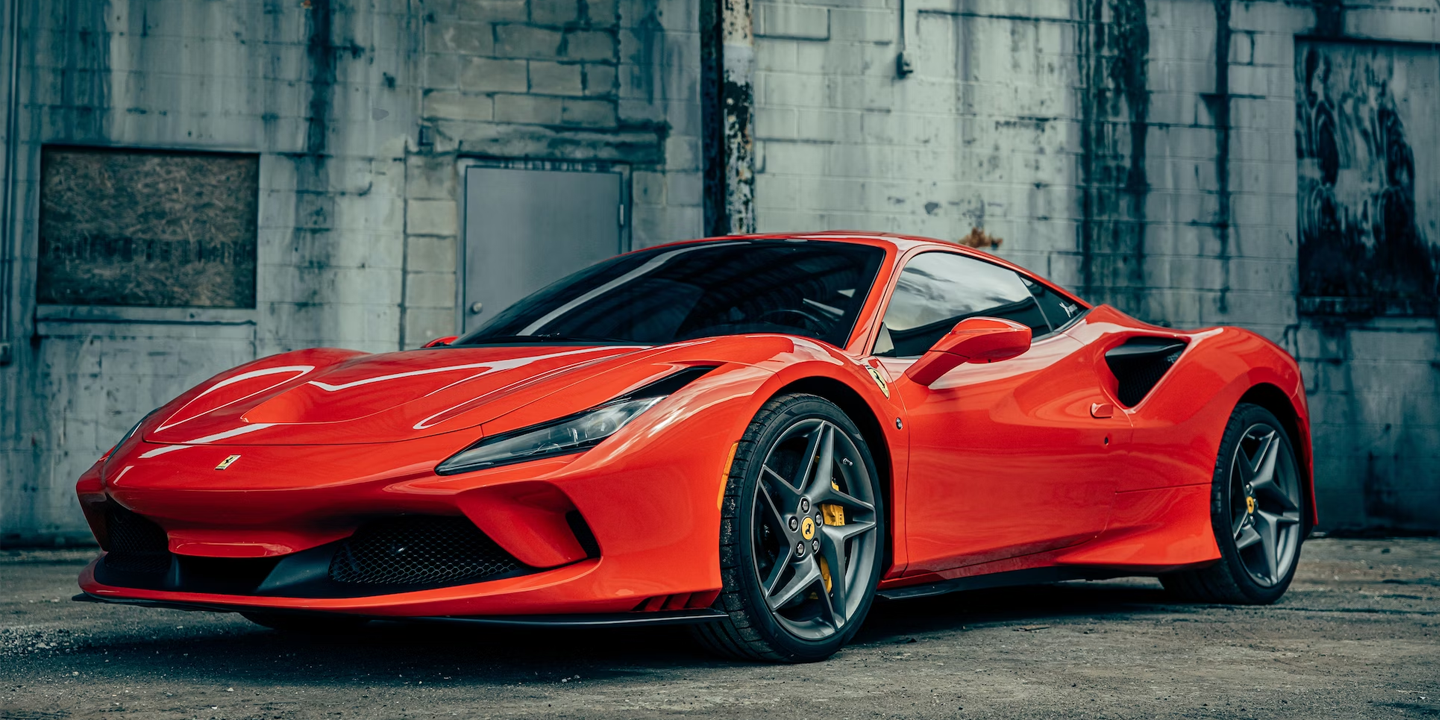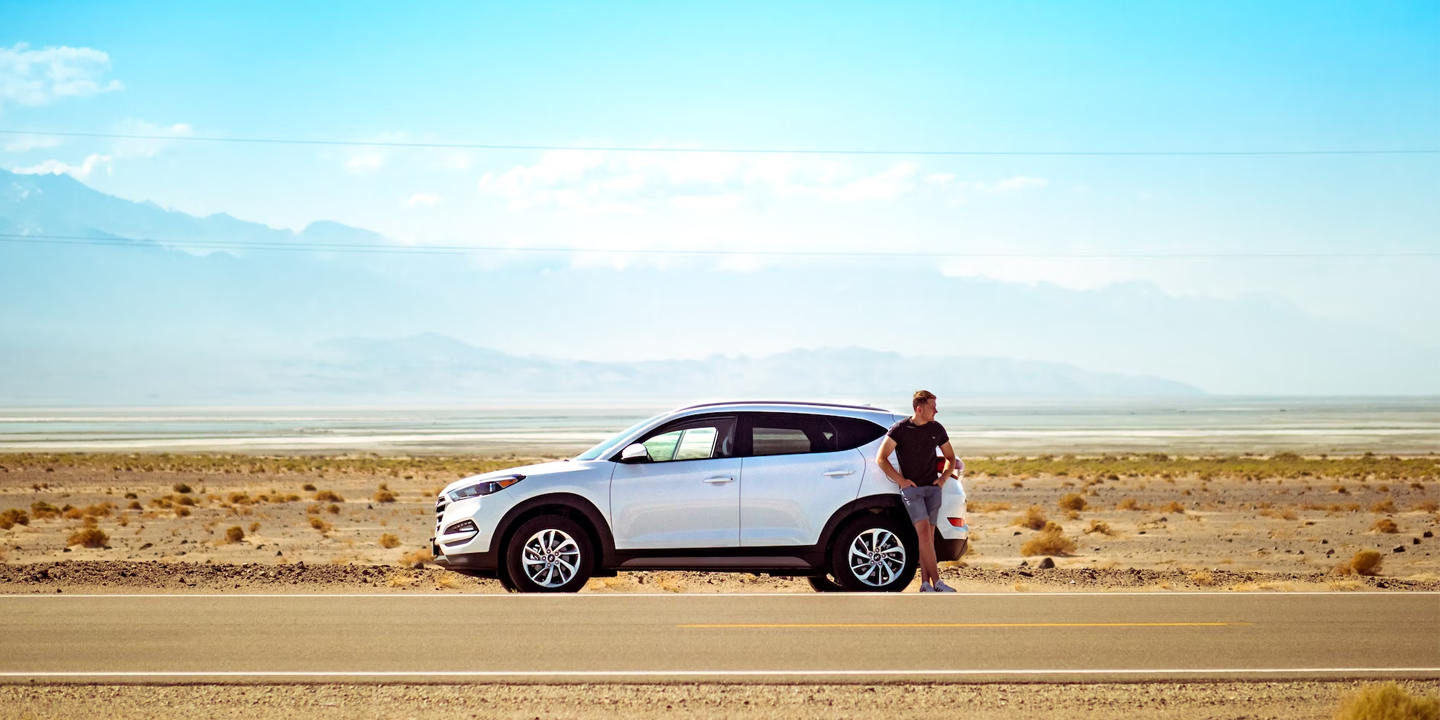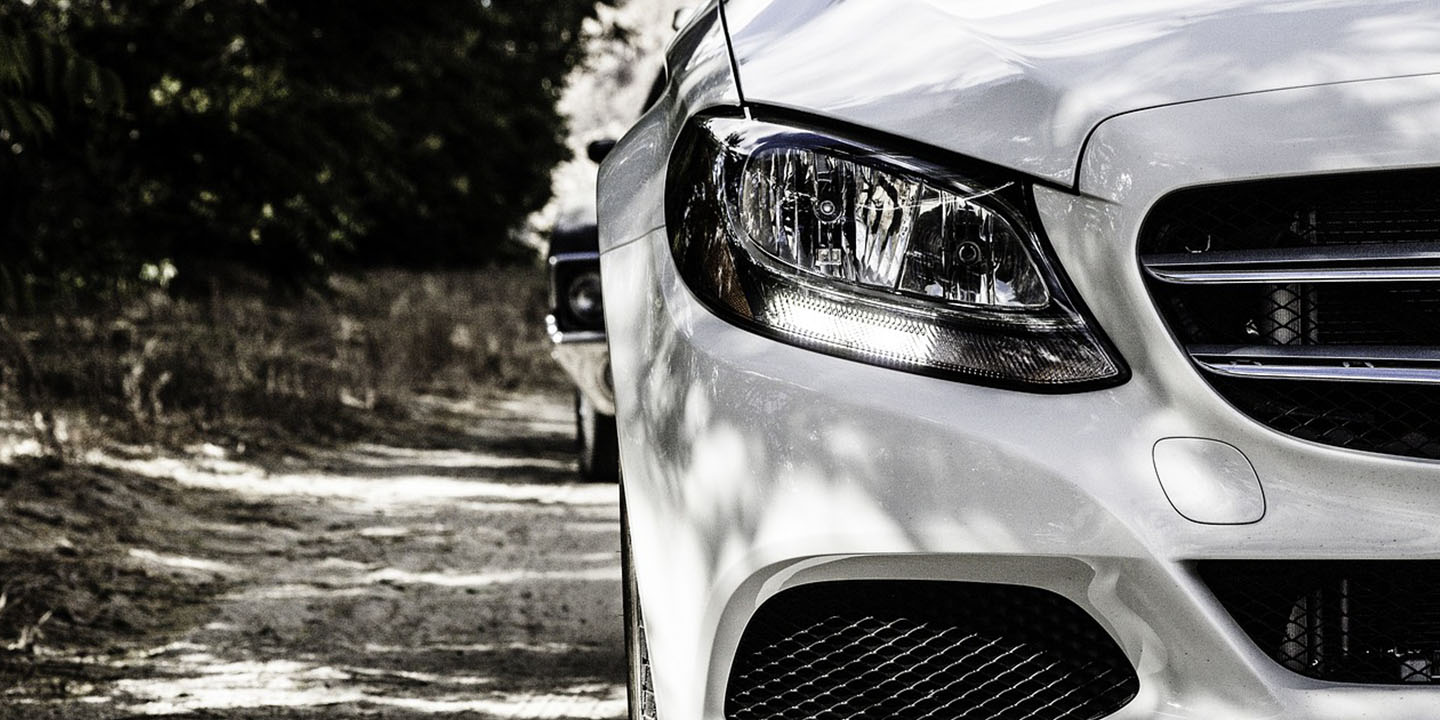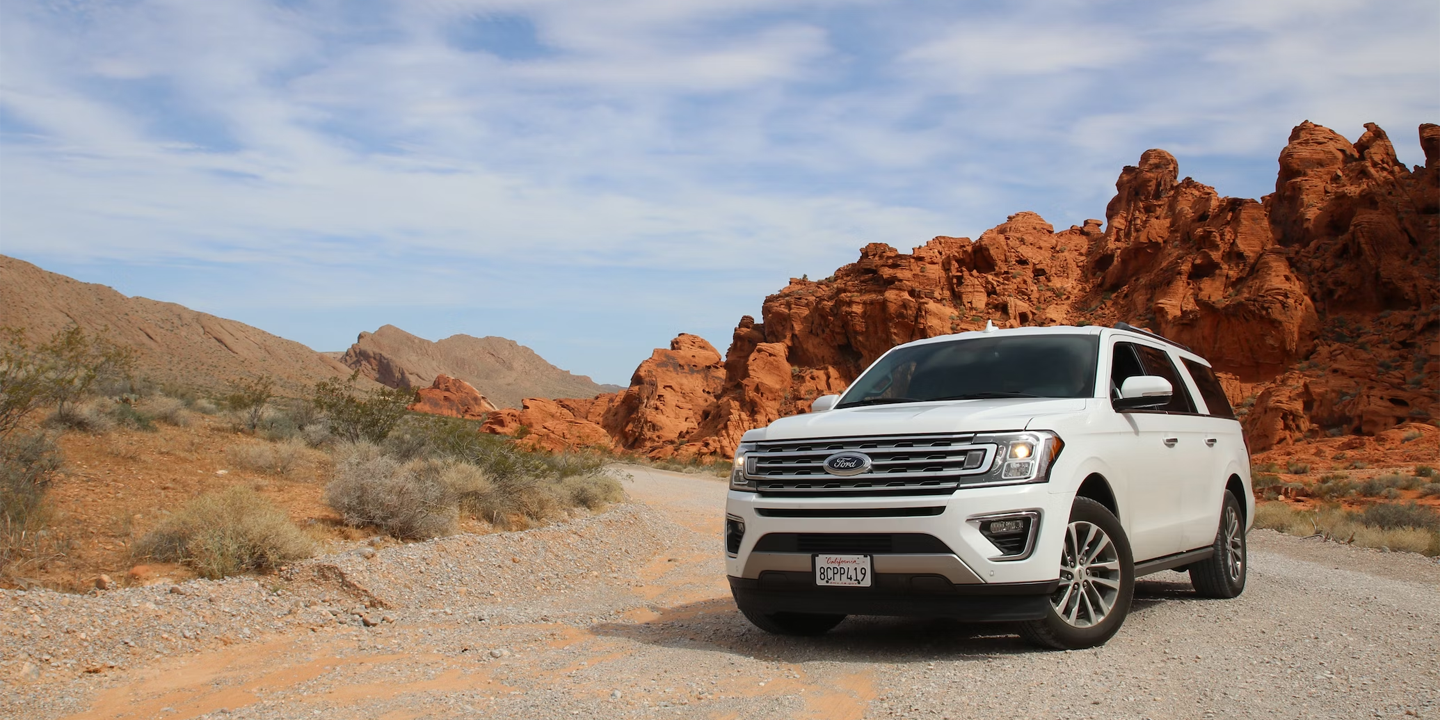Cars We All Miss
Remember the cars that used to rule your neighborhood streets? They came with a buzz and a logo that meant something. Some were muscle-bound. Others are weirdly lovable. But all had their moment. Now? Gone or forgotten. Let's examine the brands that once dominated driveways but are now little more than a distant memory.
 Greg Gjerdingen from Willmar, USA on Wikimedia
Greg Gjerdingen from Willmar, USA on Wikimedia
1. American Motors
Founded in 1954, American Motors was created from the merger of Nash and Hudson. It became known for small, fuel-efficient vehicles like the Rambler and the Gremlin. Despite innovative designs and loyal fans, AMC struggled to compete with Detroit's Big Three. Chrysler acquired the brand in 1987, ending its independence.
2. Pontiac
Pontiac was presented by General Motors in 1926 and grew into one of its most performance-oriented brands. During the muscle car era, it gained a strong following thanks to models like the GTO and Trans Am. The 2008 recession forced GM to cut costs, and Pontiac was discontinued in 2010.
 MyName (Crossley1 (talk)) on Wikimedia
MyName (Crossley1 (talk)) on Wikimedia
3. Fisker
Fisker Automotive launched in 2007 with ambitious plans to build luxury plug-in hybrids. The Karma sedan drew attention for its sleek design and sustainable materials, but supply chain issues and battery failures hurt its reputation. Fisker declared bankruptcy in 2013.
4. Plymouth
Launched in 1928 as Chrysler's answer to Ford and Chevrolet, Plymouth became known for affordable family cars and successful muscle models like the Barracuda and Road Runner. However, by the 1990s, sales dropped due to overlapping products with Dodge, leading to its discontinuation in 2001.
5. Saab
Originally an aerospace manufacturer in Sweden, Saab entered the car market in 1949. The brand stood out for its safety innovations and distinctive design. After years of financial instability, including a failed partnership with GM, Saab declared bankruptcy in 2011 to leave behind a legacy of engineering-focused thinking and quirky appeal.
6. Saturn
Saturn aimed to be a fresh alternative to traditional car buying. The brand used plastic body panels and operated semi-independently. Despite early success, GM's reintegration of Saturn into its core operations led to declining sales. The brand was discontinued in 2010.
7. Scion
Toyota introduced Scion in 2003 to capture younger drivers in the U.S. market. With simple pricing and customization options, it initially succeeded in reaching a younger audience. As those buyers aged and sales slowed, Toyota ended the Scion experiment in 2016 and folded its best-selling models into the main brand.
8. Hummer
Hummer began as a civilian version of the military Humvee after AM General licensed it to GM. The H1, H2, and H3 symbolized ruggedness and excess during the early 2000s SUV boom. However, soaring fuel prices and a shift toward environmentally friendly vehicles led GM to discontinue the brand in 2010.
9. DeLorean
The DeLorean Motor Company produced just one model, the DMC-12, before shutting down in 1982. Its stainless steel body and gull-wing doors stood out, but manufacturing delays and financial issues plagued the company. Although short-lived, the DeLorean achieved cult status thanks to its starring role in the Back to the Future films.
10. Mercury
Introduced by Ford in 1938, the Mercury was designed to bridge the gap between budget-friendly Ford and upscale Lincoln. Throughout the mid-20th century, it offered stylish sedans and coupes with more comfort than its sibling brand. By 2011, overlapping products and shrinking sales led Ford to phase out Mercury altogether.
11. Daewoo
Daewoo built its reputation in the 1990s by offering low-cost, compact cars across global markets, including the U.S. and Europe. However, mounting debt and internal mismanagement led the company to declare bankruptcy in 1999. General Motors acquired its key automotive assets in 2002, retiring the Daewoo name in most regions.
12. Geo
Launched by General Motors in 1989, Geo was marketed as a sub-brand. It offered compact, fuel-efficient cars made in partnership with Japanese manufacturers like Suzuki and Toyota. The Metro and Tracker became urban staples. As brand consolidation took priority, GM folded Geo into Chevrolet in 1997.
13. Eagle
Eagle was formed by Chrysler after acquiring AMC in 1987. Positioned as an import-fighting brand, Eagle's lineup included rebadged Mitsubishis and the AWD Eagle Talon. Despite a solid performance, Eagle struggled with brand recognition. By 1998, Chrysler discontinued it to streamline its offerings and focus on Jeep and Dodge.
14. Oldsmobile
Founded in 1897, Oldsmobile was a pioneer in the American automotive industry, known for innovations like the first mass-produced automatic transmission. As its identity became unclear in the 1990s, declining sales and brand confusion took a toll. This eventually led GM to discontinue Oldsmobile in 2004, marking the end of its 107-year legacy.
15. Isuzu
Although Isuzu is still active globally, it withdrew from the U.S. passenger vehicle market in 2009. Once known for models like the Rodeo and Trooper, Isuzu specialized in durable SUVs and pickup trucks. Its sales declined in the 2000s as competition increased and consumer preferences shifted toward more refined crossovers.
16. Yugo
The Yugo was imported from Yugoslavia in the 1980s as the cheapest new car in America. Its price tag drew attention, but reliability issues and safety concerns quickly became apparent. It developed a reputation for poor quality, and the brand’s sales ended in the U.S. by 1992.
17. Triumph
Triumph built a legacy in Britain for its affordable sports cars and distinctive styling. The TR series and Spitfire gained international recognition during the 1960s and 1970s. However, quality problems and financial issues led to the brand's closure in 1984. Triumph's name still holds nostalgic value among classic car enthusiasts today.
18. Packard
Once a premier American luxury automaker, Packard was known for elegance and engineering excellence during the 1920s and 1930s. The post-war years, however, brought competition and declining innovation. A final merger with Studebaker in 1954 failed to revive it. Production ended in 1958, leaving behind a legacy of once-peerless prestige.
 Greg Gjerdingen from Willmar, USA on Wikimedia
Greg Gjerdingen from Willmar, USA on Wikimedia
19. Studebaker
Studebaker began in the 1850s as a wagon manufacturer and transitioned to cars by 1902. It was one of America's earliest and most respected automakers. Though known for design-forward models like the Commander and Avanti, financial missteps and market pressure pushed it out of the industry by 1966 after a slow decline.
 Jeremy from Sydney, Australia on Wikimedia
Jeremy from Sydney, Australia on Wikimedia
20. Duesenberg
This brand represented the height of American automotive luxury in the 1920s and 1930s. Hand-built and elegant, these cars were owned by celebrities and industrialists. Despite unmatched craftsmanship, the Great Depression crippled sales. The company shut down in 1937, but the Duesenberg name remains a symbol of early American opulence.
























